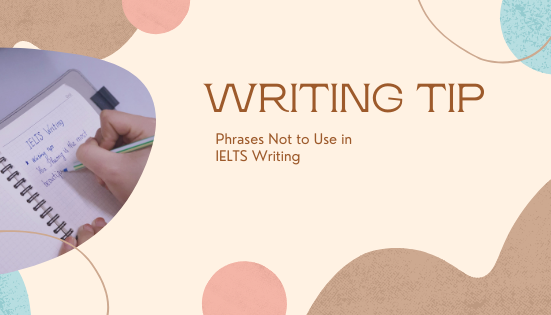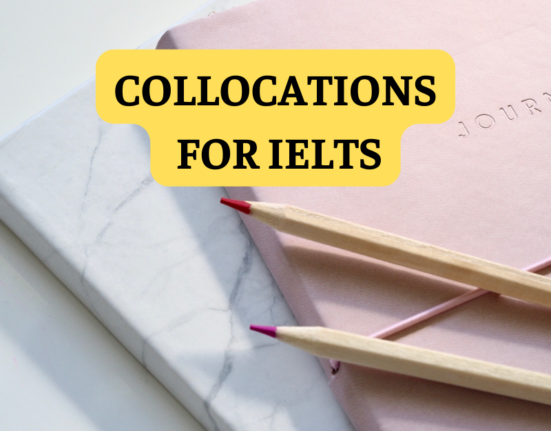In this blog post, we will delve into essential phrases and collocations used for describing tables, graphs, and charts. The ability to articulate data accurately is a fundamental skill for those preparing for the IELTS exam. This post aims to provide you with a comprehensive guide to effectively convey information from visual representations.
1. Introducing the Visual Data
When you encounter a table, graph, or chart, your initial task is to introduce it effectively. Here are some useful phrases and collocations:
- “The table/chart/graph illustrates/depicts…”
- “This visual representation provides an overview of…”
- “To begin with, let’s examine the…”
- “Turning our attention to the data at hand…”
2. Describing Trends
Tables, graphs, and charts often display trends or changes over time. To articulate these trends, consider using the following language:
- “A significant upward trend can be observed in…”
- “The data indicates a gradual decline in…”
- “There is a fluctuation in the figures, with…”
- “The numbers show a consistent increase/decrease over the years.”
3. Making Comparisons
When you need to compare different elements within the visual data, employ these phrases and collocations:
- “In comparison to…”
- “Contrasting with…”
- “When juxtaposed with…”
- “It’s noteworthy that…”
4. Highlighting Key Data Points
To emphasize crucial data points, use these expressions:
- “Of particular significance is the fact that…”
- “One key feature of the data is…”
- “It’s essential to pay attention to…”
- “Notably, we can observe that…”
5. Expressing Degrees and Proportions
For discussing degrees and proportions within the visual data, these phrases are valuable:
- “A vast majority of…”
- “A considerable portion of…”
- “A small fraction of…”
- “A negligible percentage of…”
6. Concluding the Description
Concluding your description of the table, graph, or chart can be done effectively with these phrases and collocations:
- “In conclusion, the data reveals that…”
- “To sum up, the visual data clearly illustrates…”
- “To wrap things up, we can confidently assert that…”
- “In summary, the main takeaways from this visual data are…”
In the realm of IELTS and academic English, describing tables, graphs, and charts is a skill that can significantly impact your performance. Using the appropriate phrases and collocations is essential to convey your observations accurately and professionally. By practicing and incorporating these expressions into your responses, you will be better prepared to tackle data representation tasks with confidence.











